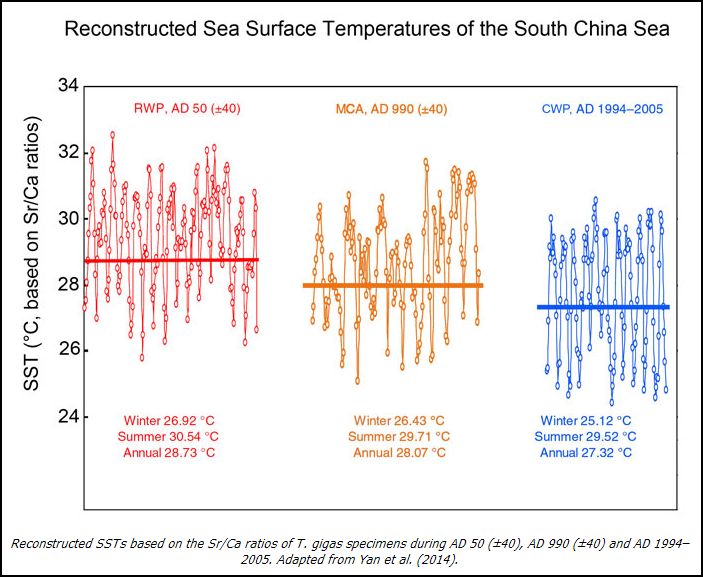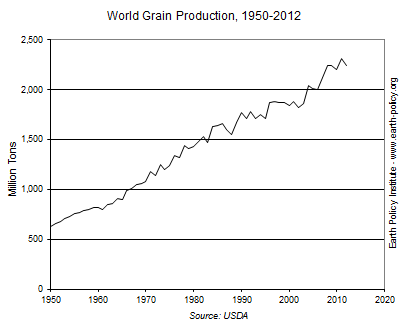Hi
@TonyC - the medieval warming comparison is actually a bit of a straw man - it's considered to be like comparing apples and oranges for many climate scientists.
For one, most climate scientists aren't necessarily interested in
actual temperatures, but
temperature increases - so maybe the medieval period was warmer, but it also didn't warm
as rapidly as the earth is warming now despite us being in a very low period of volcanic activity. secondly, the warming trend for the medieval period is true for the north atlantic, which raises global averages, but certainly other places (like around the equator) were notably cooler. Part of the problem with the idea of medieval warming is that it is centered on Europe for data, but Europe is not a proxy for global averages. this is why many climate scientists actually eschew the idea of looking at global average temperatures as a good indicator for climate change - we have to focus on aggregating local scenarios rather than relying on averaging global measurement scales.
lastly, the idea that the medieval period was actually warmer than now has been disputed by a number of researchers, especially since the mid-2000s. a really great introduction to the problems of comparison, how to judge warming, and the complications of measuring warming is a report put out by the National Academy of Sciences:
https://www.nap.edu/read/11676/chapter/1
the evidence is actually contradictory - ice cores and tree rings don't match up with atmospheric data, and climate models are all over the map. We can't say with any certainty that the medieval period was warmer.





